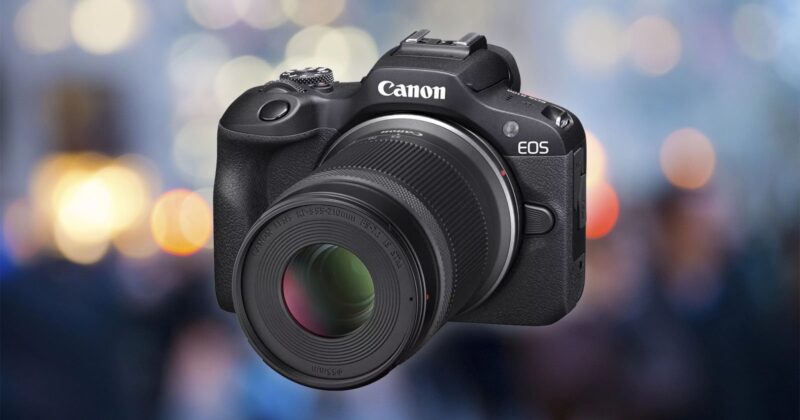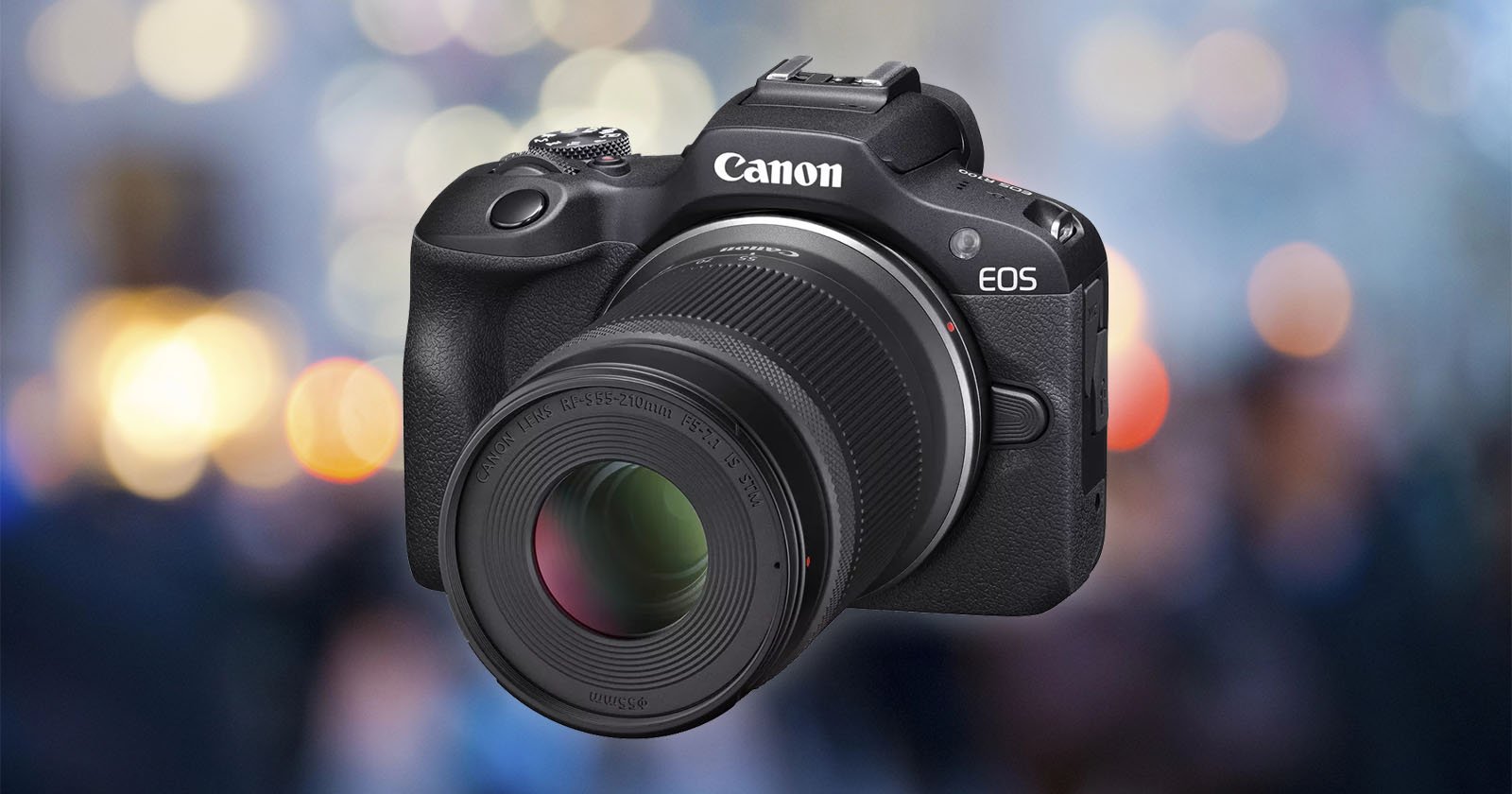
Although improving smartphone image quality has dramatically reduced the size of the entry-level camera market, Canon believes that this same, shrinking market can be revitalized by convincing a generation of mobile photographers they can create better photos and videos with a traditional camera. If Canon has its way, the entry-level market is not just alive, but also has genuine potential for growth.
“With the spread of smartphones, I thought the compact camera market would disappear,” Go Tokura, Executive Vice President, Head of the Imaging Group, and Chief Executive of Canon’s Imaging Business Operations, told PetaPixel at CineGear Expo in Los Angeles earlier this summer. “But there is a demand from users who want to be more creative, and this has led to the revitalization of the market.”
Tokura explains that when point-and-shoot cameras were the baseline type of camera, rather than smartphones, about 10% of point-and-shoot owners ultimately upgraded to an interchangeable lens camera.
 Canon EOS R50 with RF-S 18-45mm f/4.5-6.3 IS STM lens | Credit: Canon
Canon EOS R50 with RF-S 18-45mm f/4.5-6.3 IS STM lens | Credit: Canon
“Now, the base has shifted to smartphones, with billions of users, and a certain percentage of them are seeking cameras,” Tokura continued. “By maintaining systems with large sensors and lenses that capture ample light — the fundamentals of a camera — we continue to pursue and achieve differentiation from smartphones.”
Canon has long seen the untapped potential in this market. The company has focused on making cameras with touchscreen user interfaces, smartphone apps to ensure that it’s fast and easy to share photos from a camera, and small, compact bodies that are easy to fit into a small bag or, in some cases, a large jacket pocket.
However, Tokura and Canon have identified another potential entry point into this market.
 While smartphones like the iPhone 16 Pro have impressive photo capabilities, they still have relatively small image sensors and lenses. High-end phones are also expensive, and the iPhone 16 Pro starts at $999. | Credit: Jordan Drake for PetaPixel
While smartphones like the iPhone 16 Pro have impressive photo capabilities, they still have relatively small image sensors and lenses. High-end phones are also expensive, and the iPhone 16 Pro starts at $999. | Credit: Jordan Drake for PetaPixel
“Smartphones are also becoming more expensive,” Tokura explained. “We also believe there is potential for cameras to take the initiative in terms of price.”
Canon’s entry-level mirrorless camera bodies, the EOS R50 and EOS R100, both cost significantly less than new flagship smartphones while offering better photo quality, imaging performance, and versatility. Then, of course, there’s the EOS R50 V, which puts many of the R50’s features into a video-friendly body for hybrid and video-first creators.
“We offer a full lineup of products to meet the diverse needs of our customers. As a result, we have earned high praise for our high-performance products for professionals, as well as for those who enjoy photography and videography as a hobby or who use their smartphones to capture everyday moments,” said Noriyuki Honda, Canon Deputy Unit Executive, IMG Business Unit 1, in the company’s Imaging Business Operations.
“For example, the RF 28-70mm f/2.8 IS STM and RF 16-28mm f/2.8 IS STM lenses were designed and developed for customers who aspire to brightness, bokeh, and high image quality of an f/2.8 aperture but cannot afford the L-series lenses due to price considerations,” Honda added.
 Canon RF 28-70mm f/2.8 IS STM lens | Credit: Canon
Canon RF 28-70mm f/2.8 IS STM lens | Credit: Canon
While modern smartphones have impressive photo and video features, they all still feature relatively small image sensors and lenses, which impose a physical limit on not only their image quality but also their depth of field and versatility. This is an area where APS-C and full-frame mirrorless cameras continue to excel, promising photographers professional-quality images even when they cannot afford pro-quality gear.
For Canon, the significant challenge will be convincing mobile photographers that the superior image quality and user experience of a dedicated interchangeable lens camera are worth it. And once Canon welcomes new users into its ecosystem at the entry level, some of them will fall in love with photography and eventually upgrade to newer and better cameras and lenses. The challenge is getting them in the door, and for that, Canon believes in the appeal of its entry-level products.
Image credits: Canon. Header photo created using an asset licensed via Depositphotos.

